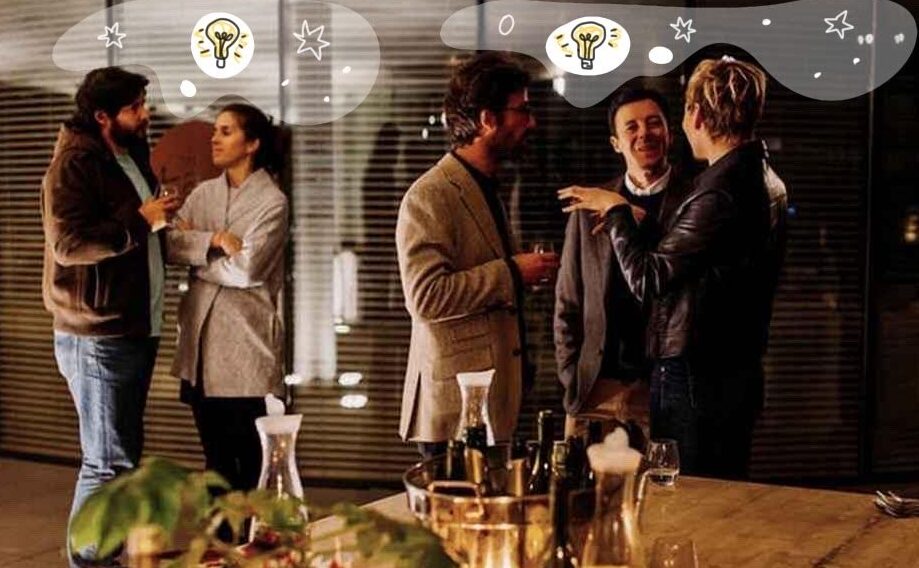Mindfulness, or full awareness, is the ability to intentionally pay attention to what is happening here, in the present moment. Therapists often assist their clients with practicing this technique, but its use should definitely not be kept in a closed room. In fact, if you can manage to apply mindfulness at least partially to your daily routine, your burdened mind can benefit greatly.
Mindfulness could be translated as receptivity, mindfulness or self-awareness. It teaches us to look around, to feel our body and to let go of our (mainly) negative feelings. Its main advantage is that it fundamentally helps us to manage stress, anxiety and all the negative thoughts associated with it. Because sometimes we are literally trapped in our thoughts - we think about what we have to do, what we have to do, what's ahead of us, what's bothering us, what's happened to us and we forget to experience the moments and moments in time when we are part of them.
Experiencing the present is a very complicated matter for many of us. Quite often we simply cannot afford to switch off and stop focusing on all our responsibilities and worries. Mindfulness is not about going off into the woods and hugging trees. It's about focusing on the present moment and letting your mind rest.

Breathing exercises and visualization: lift and swimming underwater
Although mindfulness is widely used, especially by psychologists and therapists, we should find a place for it without them. In this article, we have prepared several methods that you can easily do on your own.
Common methods of mindfulness are breathing exercises, which when done correctly help to relax not only our mind but also our body. During breathing exercises we should always be straight or lying down. Inhalations should always be shorter than exhalations - when we are under a lot of stress or in a panic attack, we often tend to breathe faster and draw out our breaths. Our body then feels like it is suffocating. At such times it is best to straighten up and try to calm the breathing.
Visualization can be quite helpful in mindfulness exercises. For example, in the breathing exercises mentioned above, we can imagine that we are diving and floating above the surface. How do we breathe? What do we feel? Are we in the sea or the pool?
Another effective option is the "Elevator" activity, in which we imagine that we are riding in an elevator. When we are on the floor, we take a breath - for about 3 seconds. When we are riding up, we exhale - this should take about 6 seconds. We can go up to the fourth floor, for example, or do an activity until our breathing calms down.
We can also use visualization in other ways. For example, try to sit down, relax and take your thoughts to a place where you are comfortable. This activity may be an escape from the present moment, but it is intended to calm and relax, or even to wait out a more difficult moment.
Methods focused on our senses
Mindfulness is very much about focusing attention on an object, or on ourselves. This is reflected, for example, in 5-4-3-2-1 methodwhen you're supposed to look around and find:
- 5 things you see
- 4 things you can touch
- 3 things you hear
- 2 things you feel
- 1 thing you can taste
Is this method too complicated for you? No problem. Try focusing on one of your senses. If you choose sight, try to find all the colors in your environment. Or all things of one color. You can then try the same with touch and explore what texture things around you have, or with smell and try closing your eyes and identifying all the smells you smell.
But the most important thing that everyone should take away from mindfulness techniques is the awareness that we need to stop for at least a moment every day and try to perceive ourselves and our surroundings. Everything will suddenly slow down and we will be able to breathe for a small moment. You will see that even a few seconds of conscious attention can transform your whole day.
On our social networks you will already find some more tips on useful mindfulness techniques. Let us know which ones serve you best.




